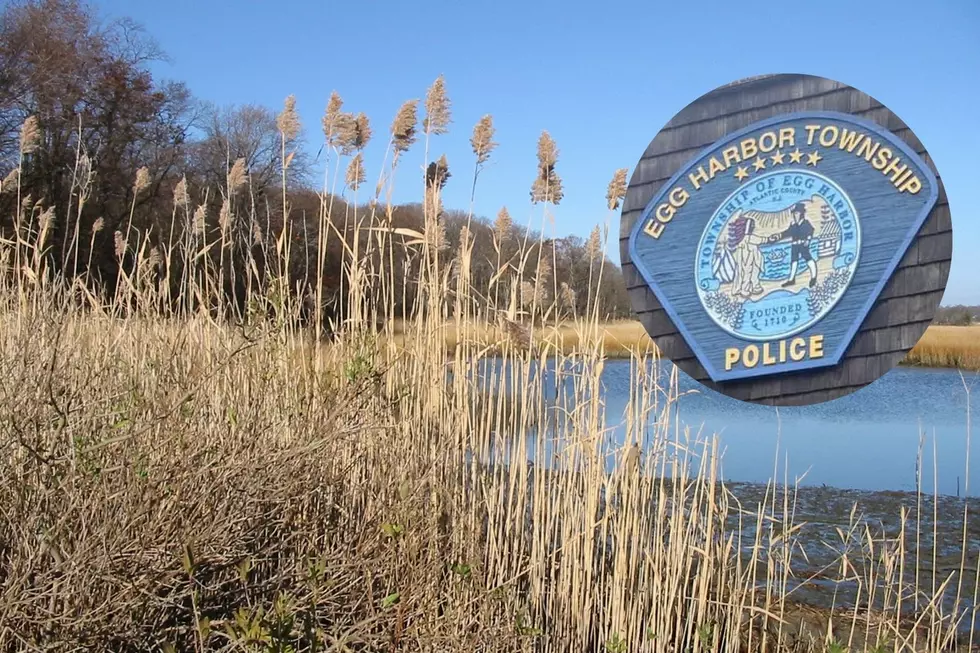
Money donated by NY taxpayers not being uses properly
(The Center Square) — New York has the largest number of personal income-tax checkoffs in the nation, but only a fraction of the money donated by taxpayers has been spent on their intended purposes every year, according to a new report by the state's top bean counter.
The report by state Comptroller Tom DiNapoli found that over the past six years, less than one-third of the tax checkoff funds have been utilized, which he says raises concerns about the efficiency of these donations.
"Although tax checkoffs have been established to provide funding to an array of worthy causes, the number of taxpayers contributing to them has diminished and agencies’ spending for their intended purposes has continued to lag," DiNapoli wrote in the report. "As a result, fund balances continue to accumulate, and the important purposes for which these checkoffs were created do not receive the support intended."
New York has the largest number of checkoffs of any state, with taxpayers allowed to donate to 34 programs on their annual tax forms by ticking off boxes to contribute to causes ranging from cancer research to food banks, veteran assistance programs, wildlife protection and public campaign finance.
While the number of checkoffs has grown "dramatically" in the last 10 years, they have not resulted in substantially more contributions and the number of filers participating have steadily declined, DiNapoli said.
"Donors expect their funds to serve the causes they support," DiNapoli said in a statement. "Agencies need to comply with reporting requirements to provide greater clarity on why spending from the funds is lagging."
Only a handful of the funds, such as those for breast cancer research, food banks and campaign finance, have been consistent in their annual spending, according to DiNapoli's report.
New York's public finance fund received the largest amount in the previous tax filing year, taking in 25% of the nearly $3.2 million donated by taxpayers, the report noted.
DiNapoli said the number of taxpayers donating to these funds has also declined, leaving less money for causes. In the 1983-84 fiscal year, when the tax checkoff option first appeared on tax forms, there were over 344,000 contributors. In the 2022-23 fiscal year, the contributors totaled 218,400, a 63.4% decline.
Taxpayers must now file a separate form with their returns to participate, which DiNapoli suggested might be behind the decline in contributors. Previously, the checkoffs were offered on a single line on taxpayers' annual returns.
DiNapoli's analysis found that taxpayers who contributed to the checkoff funds were more generous despite the decline in contributors. The average contribution grew from nearly $5 per taxpayer in fiscal year 1983-84 to just over $25 in the previous fiscal year, a growth of about 10.1% annually. In the past five fiscal years, the average contribution increased by 74%, DiNapoli said.
New York officials administering tax checkoff funds must report annually to the Legislature, the state comptroller, and the public on their disbursement of the funds. But DiNapoli said the reporting is sparse, with reports issued for less than half of the funds with spending.
Up or down? Average property tax changes in NJ in 2022
Gallery Credit: Sergio Bichao/Townsquare Media


